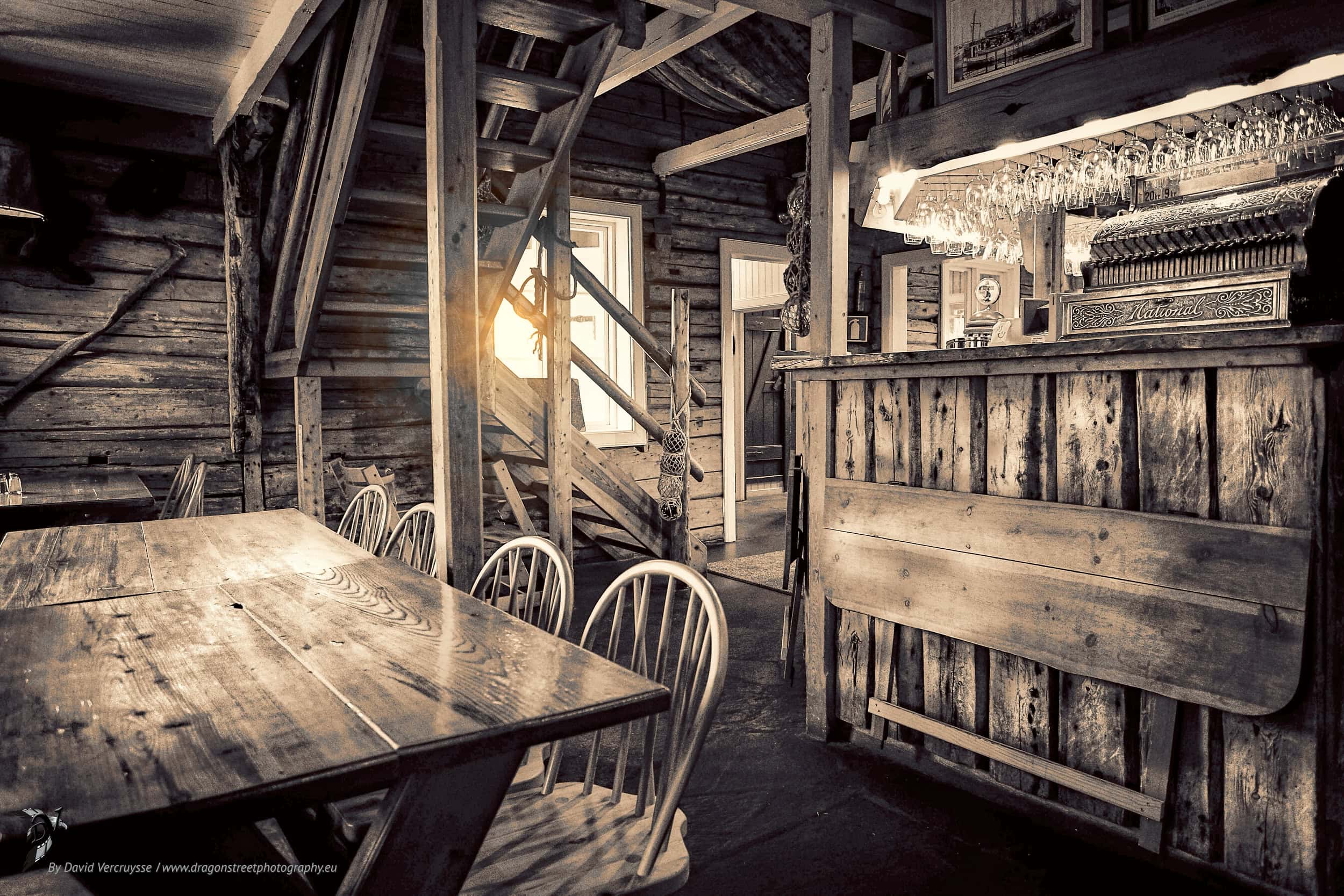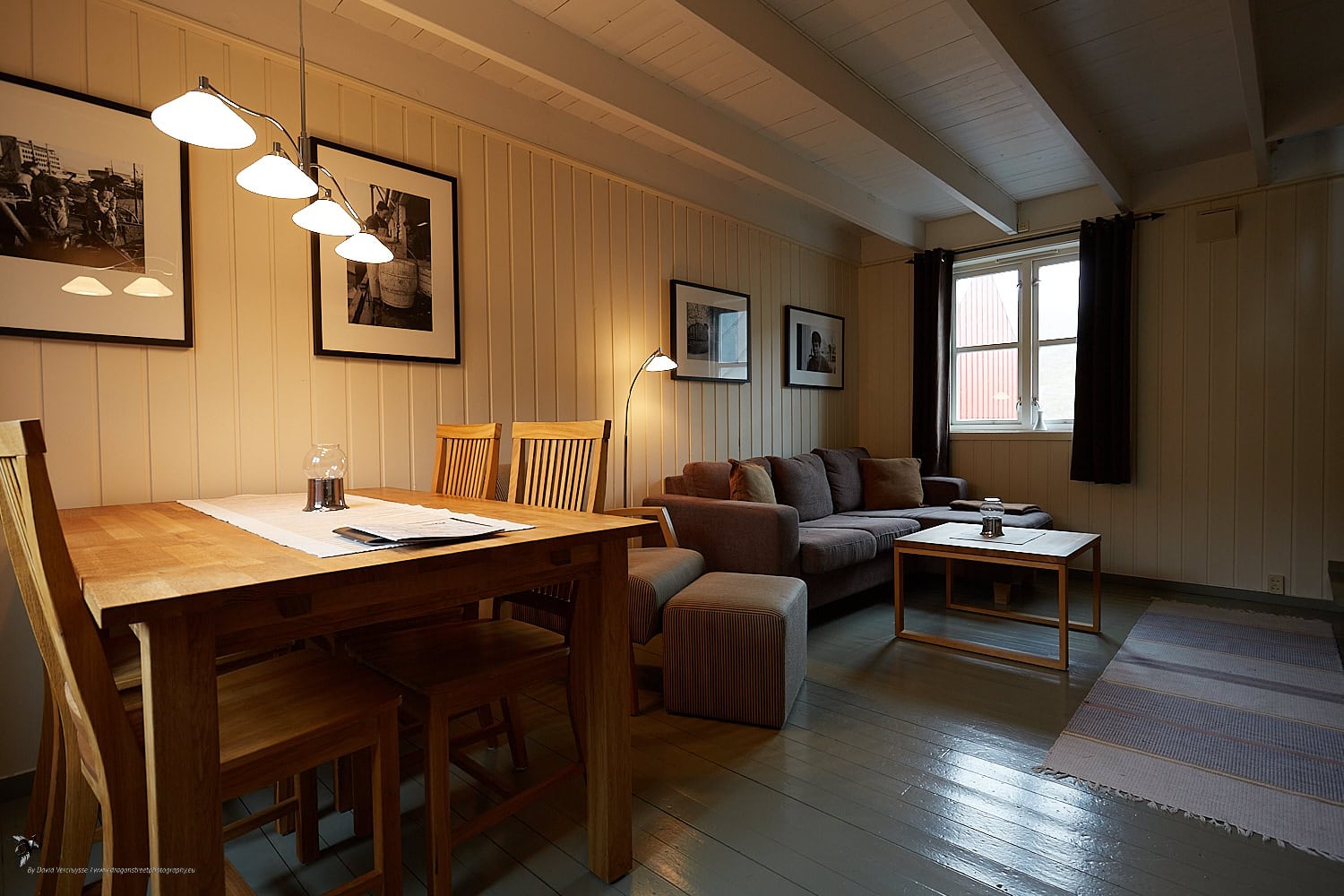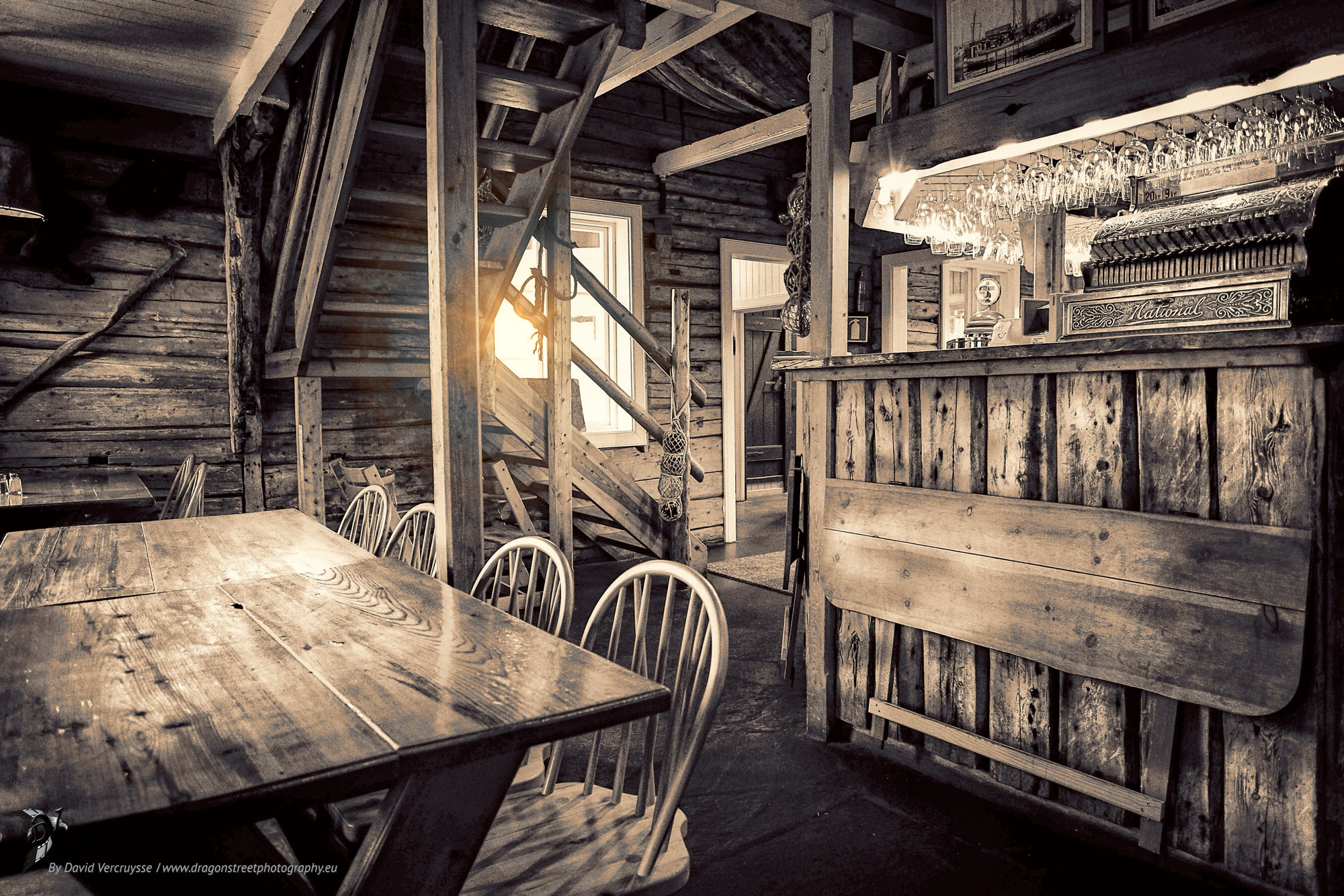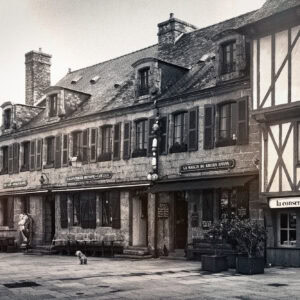In this age of smartphones equipped with high-performance cameras and retouching tools available to everyone, you might wonder whether the services of a professional photographer are still indispensable. Yet capturing an image that tells a story, evokes an emotion or enhances a product requires much more than a simple click. Calling on a professional photographer is a guarantee of quality, controlled images tailored to your needs, whether personal or professional.. Let's take a look at the reasons why an expert eye is still irreplaceable.
1. Do we still need use the services of a professional photographer ?
This is a recurring question often asked of professional photographers: Is it still worth using an image expert? These days, who doesn't own a high-performance digital camera or, even better, a digital camera? smartphone with a "super-photo-phone that captures impressive quality shots?
The digital age has democratised photography: everyone takes photos, and everyone needs photosWhether for personal or professional reasons. But the real question is whether these 'home-made' images always meet the desired expectations or objectives.
For individuals: capturing the ephemeral
For an individual, photography is much more than a simple click. It represents the possibility ofimmortalise precious memories A wedding, a birth, a family reunion... These fleeting moments deserve to be captured with care to preserve all their magic. Of course, a smartphone can capture a moment on the spot, but entrusting these memories to a professional photographer ensures that you get shots that reflect not only the emotion of the moment, but also an artistic quality that will stand the test of time.
What's more, in an era dominated by social networksA great photo can make all the difference. Whether it's to share a moment in life or to stand out on platforms like Instagram or Facebook, a professional image attracts attention and stands out among thousands of others.
For professionals: a picture is worth a thousand words
For a company or a professional, photography is not just an option: it's an essential part of your business. an essential communication tool. In a world where consumer attention is at stake in a matter of seconds, images have become the most effective means of conveying a message, creating emotion and capturing the public's interest.
The constant hustle and bustle of our daily lives rarely leaves us time to read a text in depth. The solution? A striking image that speaks for itself. Whether it's photos for a website, social networks, a product catalogue or an advertising campaign, professional photography conveys a credibility and quality that amateur shots cannot match. It is this difference that attracts, engages and converts an audience into customers.
A second major question that it would be wise to ask …
2. Why use a professional photographer?
An essential question to ask is: what is the difference between a good photo and an ordinary one? Is it simply a question of equipment? Of course not. Photography is a complex art, in which technical mastery and artistic sensitivity play a key role.
In the professional world, the impact ofInternet has profoundly changed the situation. Being visible on the web has become essentialThis is not an option for companies. One study shows that beautiful photos can increase customer contact by up to 40 %. It's a sobering thought: how do you stand out in this image-saturated world?
The value of a professional photo in communication
It is precisely at this point that we realise the importance of calling in a professional photographer. Its role is not just to take beautiful photos, but also to create customised imagesThese are designed specifically to meet the needs of the customer. It's not just about aesthetics, it's about visual communication. strategic :
Let's take an example: a customer is looking for a service or product online. This potential customer will probably not immediately read the detailed content of a web page. It's the photo that catches his eye and pushes him to find out more. A successful image thus plays the role of "first visual contact", and this first impact can be decisive in converting an Internet user into a customer.
The photographer: a technical and artistic interface
Le professional photographer is much more than someone with a good camera. He is the keystone of the entire visual communications strategy. It represents the link between :
To succeed in this mission, the photographer must combine :
In a nutshell, the professional photographer is an expert at translating concepts, emotions and messages into visual form. Without this expertise, images may lack depth or fail to reach their target.
Why quality equipment is not enough
Of course, top-of-the-range equipment can improve the technical quality of a photo, but that's not what makes an image so powerful. The real secret lies in the photographer's ability to :
Without this know-how, even the best camera on the market will only produce a mundane photo. The professional eye makes all the difference.
Example of development / retouching, rustic style :


3. The professional photographer must master the visual language
A professional photographer does more than just press the shutter release. He is first and foremost a visual language expertThis mastery is based on a range of technical, artistic and post-production skills that make all the difference between a simple photo and a professional image. This mastery is based on a range of technical, artistic and post-production skills that make all the difference between a simple photo and a professional image.
Technical mastery: taming the tool and the light
The first step for a professional photographer is to master your equipment perfectly. Whether it's a digital camera, lenses, flashes or any other equipment, each tool must be used wisely to meet the requirements of the shoot.
Mastering digital development: sublimating the image
Even in the digital age raw' photo coming out of the camera is just a starting point. Genuine professional photography involves a crucial stage of post-production or "development". This does not mean transforming or altering the photo, but rather enhancing it while respecting the photographer's original intention.
Preparing to print: the art of the printed image
In some cases, the photo is intended for printing. Here again, the photographer's role does not stop at shooting or retouching: he or she must also master the preparation of files to ensure optimum rendering on paper.
A visual language to serve the customer
The combination of these technical and artistic skills enables the professional photographer to create images that are made to measureadapted to the needs and expectations of its customers. Whether for digital use (website, social networks) or for print media, each photo becomes a vehicle for emotion and communicationto meet specific objectives.
As a result, the visual language A photographer's skill is not limited to his or her tools, but extends to an overall mastery that encompasses :
It is this comprehensive expertise that distinguishes a professional photographer from an amateur, and justifies calling on him for projects where image is crucial.
Example of a simple and basic development : (inside a rorbu)


A visual language adapted to every need :
Visual communication can be expressed in different ways, depending on the message or emotion you want to convey:
In all these cases, a professional photo must enable the potential customer, whether viewer or user, to grasp immediately the message or emotion through the image, without needing to think. This is where the difference lies between an amateur image and a professional image: the ability to capture and convey an idea in a fraction of a second.
4. Using a professional photographer: a well-considered decision
Ultimately, hiring a professional photographer should be a considered decision. It is essential to choose a photographer who whose style and specialism are perfectly suited to your needsEach expert has his or her own sensibility and unique approach. For an image professional, creating a striking, emotional or narrative photo is second nature, whereas it can be much more complex for an amateur or neophyte.
5. Conclusion
I hope this article has given you a better understanding of the importance of using a professional photographer and answered some of your questions. If you're interested in this subject, I invite you to discover a selection of other articles dedicated to shooting and the world of photography in general.
See you soon,
David








